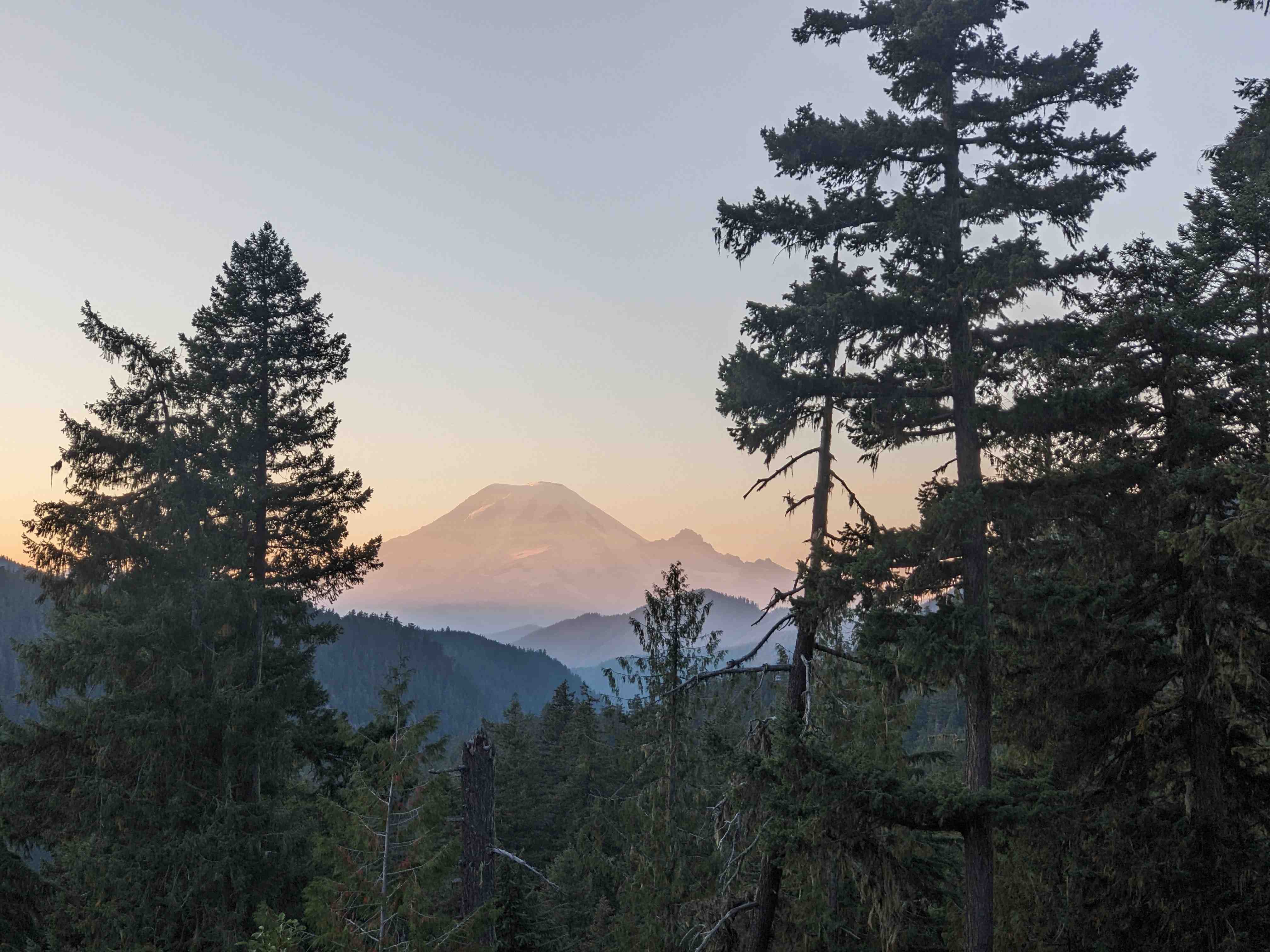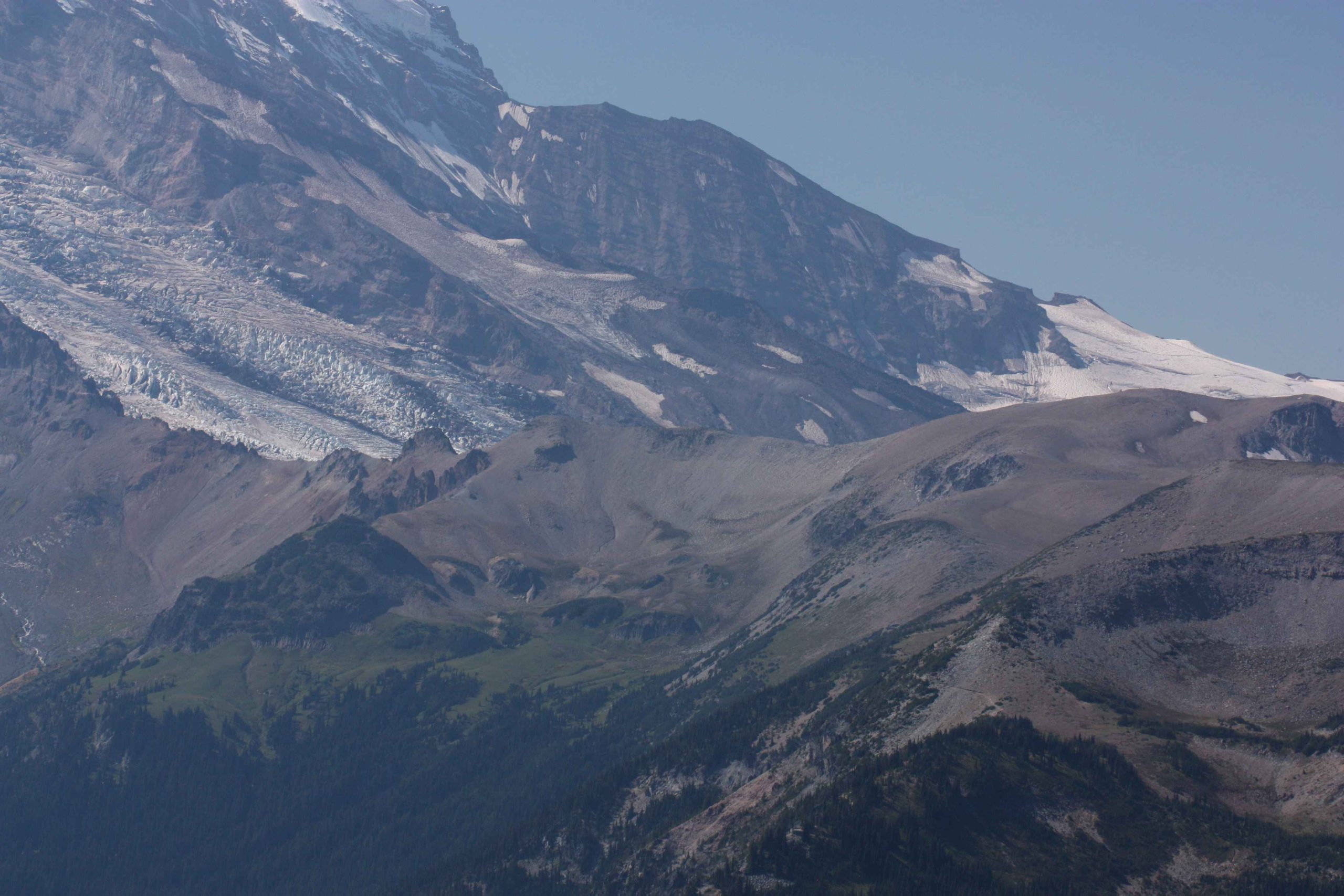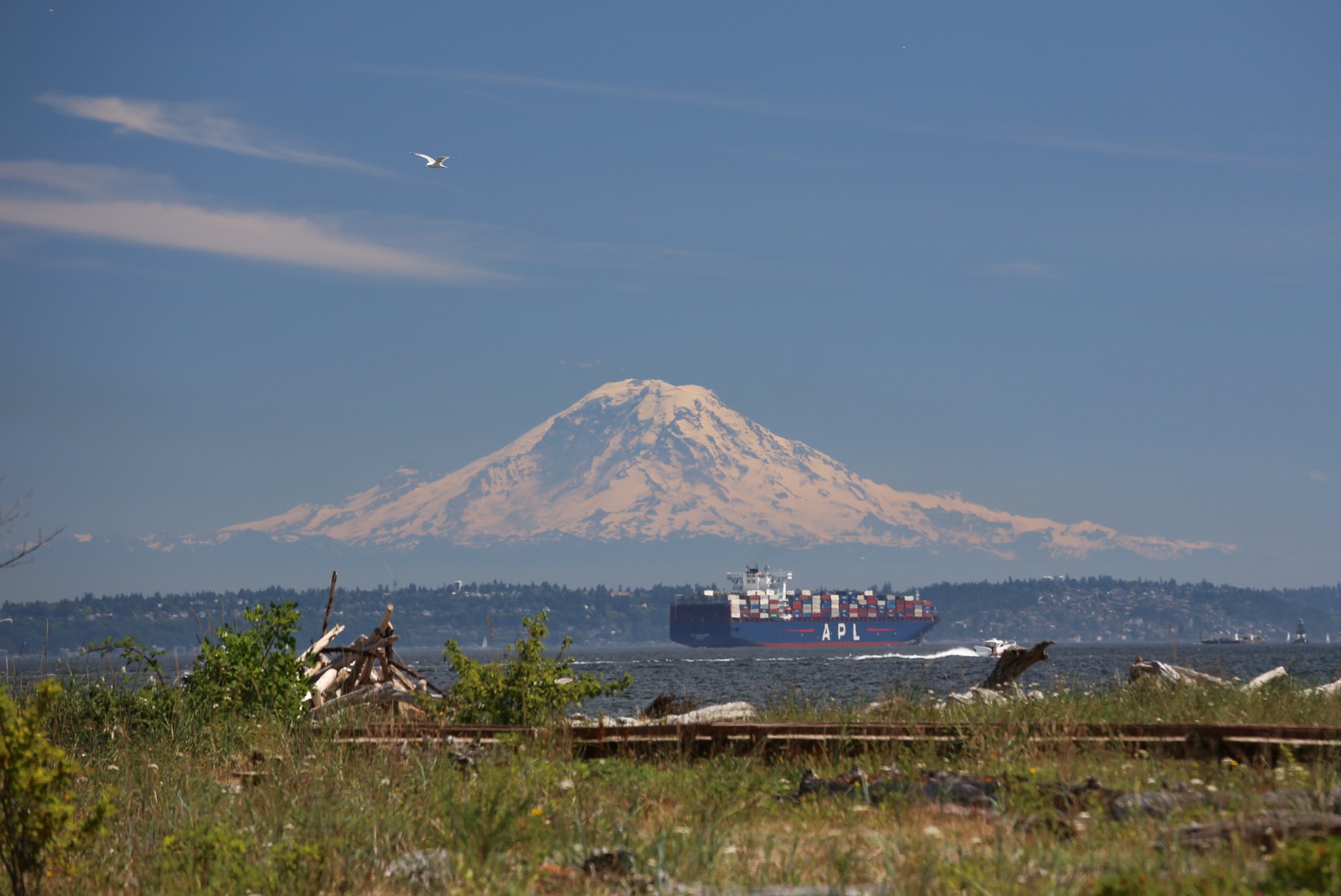Comet Falls at Mount Rainier offers a challenging yet rewarding hiking experience. The trail is typically open from mid-July to October, with steep climbs and potential hazards. Weather can be unpredictable, and parking is limited. Visitors should be prepared for varying conditions, including possible snow early in the season and fast-moving water. The 3.8-mile round trip hike features a 1,250-1,300 foot elevation gain, offering stunning views of the 320-foot waterfall.
What Are the Current Trail Conditions at Comet Falls?

The Comet Falls trail presents a mix of challenges and natural beauty:
-
Trail Accessibility
: Generally open mid-July to October
-
Elevation Gain
: 1,250 to 1,300 feet
-
Round Trip Distance
: 3.8 miles
-
Terrain
: Steep climb with potential hazards
Early in the season, hikers may encounter:
-
Damage from winter snowpack
-
Fallen trees
-
Washed-out footlogs
The trail includes:
-
Crossing Van Trump Creek on a log bridge
-
Navigating areas scoured by avalanches
It’s crucial to check current conditions before setting out, as they can change rapidly due to weather and seasonal factors.
How Does Weather Impact Hiking at Comet Falls?

Weather at Mount Rainier is notoriously changeable:
-
Rapid Changes
: Conditions can shift quickly and unexpectedly
-
Seasonal Variations
: Significant snowfall in winter months
-
Park Closures
: Many roads and facilities close during winter
|
Season |
Average Temperature |
Precipitation |
|---|---|---|
|
Summer |
60°F – 75°F |
Low |
|
Fall |
45°F – 60°F |
Moderate |
|
Winter |
20°F – 35°F |
Heavy Snow |
|
Spring |
35°F – 50°F |
High |
Always check the latest weather forecast before your visit. The National Park Service provides regular updates on their website.
When Is the Best Time to Visit Comet Falls?
The optimal visiting window for Comet Falls is:
-
Peak Season
: Mid-July to October
-
Trail Conditions
: Snow-free and more stable
-
Weather
: Generally more predictable
During this period, you can expect:
-
Cool mornings
-
Warm afternoons
-
Typical mountainous weather patterns
However, even during peak season, be prepared for sudden weather changes. Always carry appropriate gear and clothing for various conditions.
What Hazards Should Hikers Be Aware of at Comet Falls?
Several potential hazards exist on the Comet Falls trail:
-
Fast-Moving Water
: Especially dangerous during early summer snowmelt
-
Rockfall Risk
: Near the waterfall area
-
Avalanche Chutes
: Hazardous early in the season
-
River Crossings
: Prone to washing out
Safety tips:
-
Cross rivers early in the day when water levels are lowest
-
Stay alert for falling rocks near the waterfall
-
Check avalanche conditions if hiking early or late in the season
-
Carry appropriate safety gear, including first aid supplies
What Are the Parking Facilities Like at Comet Falls Trailhead?
Parking at the Comet Falls trailhead is challenging:
-
Limited Spaces
: Often full, especially on weekends and holidays
-
No Nearby Alternatives
: No additional parking in the vicinity
-
Restrictions
: Parking on the road is prohibited and may result in citations
Recommendations:
-
Arrive early in the day
-
Have an alternate hike planned in case the lot is full
-
Consider carpooling to reduce parking demand
What Visitor Amenities Are Available Near Comet Falls?
Amenities at the Comet Falls trailhead are minimal:
-
No Facilities
: No restrooms or water sources at the trailhead
-
Nearest Services
: Located at Longmire
Before heading to the trailhead, stop at Longmire for:
-
Restroom breaks
-
Water refills
-
Last-minute supplies
The Longmire Wilderness Information Center and Longmire Museum offer:
-
Trail information
-
Permit issuance
-
Educational exhibits
How Can Visitors Access the Comet Falls Trailhead?
Accessing the Comet Falls trailhead requires:
-
Personal Vehicle
: No public transportation available
-
Driving Directions
:
-
From SR-7 in Elbe, take SR-706
-
Continue through the Nisqually Entrance of Mount Rainier National Park
-
Follow signs to the Comet Falls trailhead
Important Notes
:
– National Park Entrance Fee required
– During winter, all drivers must carry snow chains or equivalent traction devices
What Seasonal Activities Are Available Around Comet Falls?
Activities vary by season at Comet Falls and the surrounding area:
Summer (Peak Season)
:
– Hiking
– Photography
– Wildflower viewing
Winter
:
– Backcountry skiing (different route than summer trail)
– Snowshoeing
– Winter photography
Spring and Fall
:
– Bird watching
– Wildlife viewing
– Less crowded hiking opportunities
Remember that many park roads close during winter, limiting access to certain areas. Always check current conditions and road statuses before planning your visit.
How Can Hikers Prepare for Conditions at Comet Falls?
To ensure a safe and enjoyable experience, hikers should:
-
Check current trail conditions on the National Park Service website
-
Review weather forecasts before departing
-
Carry appropriate gear:
-
Sturdy hiking boots
-
Layered clothing
-
Rain gear
-
First aid kit
-
Navigation tools (map and compass)
-
Plenty of water and snacks
-
Inform someone of your hiking plans
-
Start early to avoid afternoon thunderstorms and crowded parking
-
Be prepared to turn back if conditions deteriorate
By following these guidelines and staying informed about the conditions at Comet Falls Mount Rainier, hikers can maximize their safety and enjoyment of this spectacular natural wonder.
References:

